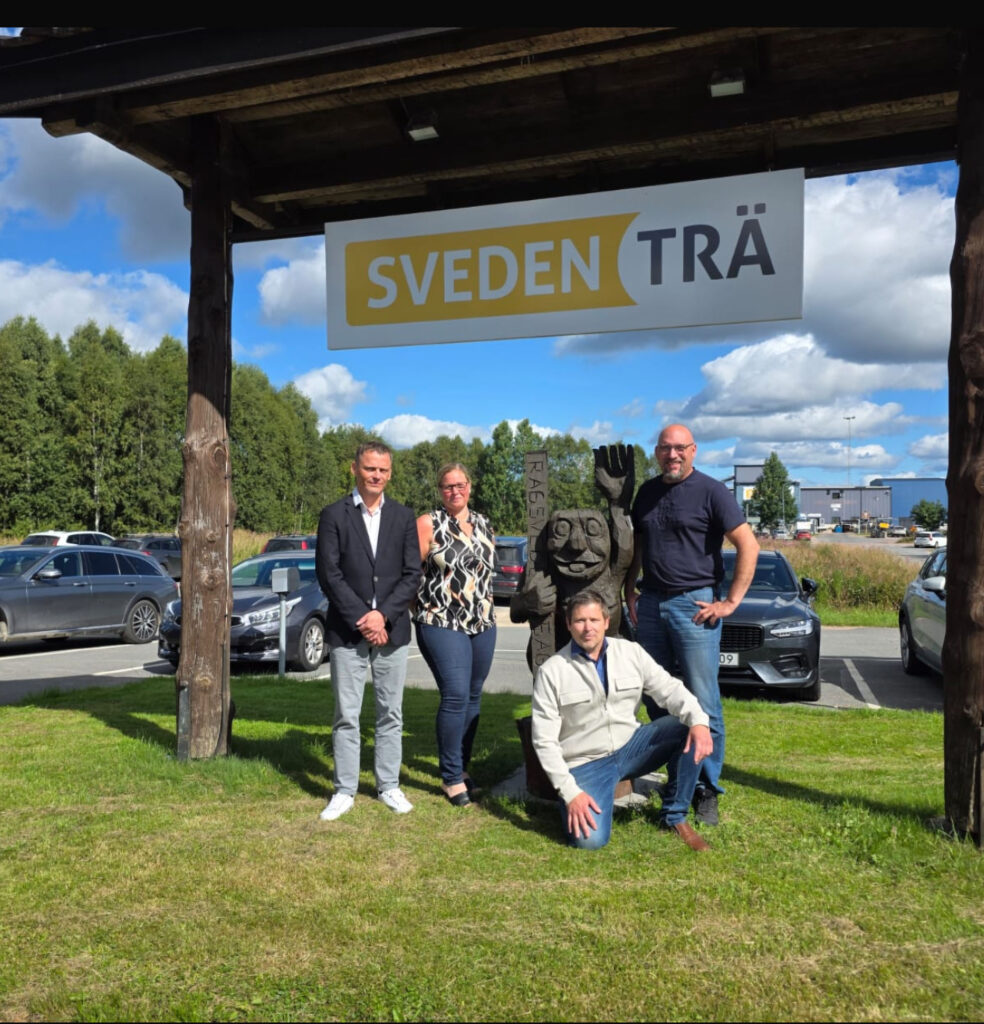Envor Group, an environmental services company based in Forssa, Finland, is a family-owned business composed of four companies with several decades’ experience in providing recycling services. The business portfolio includes recycling of materials, biogas production, industrial cleaning, baling services, facility management, transport and loading services, end-to-end waste management services, etc.
“As our company has grown, the systems supporting the business should have been updated to match the requirements of the growth, now and in the future. Early this year, we started searching for a solution to improve the efficiency of material flow management. We estimated whether it would be worthwhile to build the solution on our own, acquire a solution tailored to Envor, or purchase a commercial off-the-shelf system”, says Samuli Laine, Envor’s Chief Operating Officer.
Envor involved from the early steps of Flow
During the assessment of alternative solutions, Pinja was selected to Envor’s list of potential solution providers. “We considered Pinja a very interesting alternative and communication between us was active from the very beginning”, Samuli Laine recalls.
Concurrently with Envor’s system procurement, Pinja was carrying out a service design project for building a material flow management system for businesses operating in circular economy, to be completed in cooperation with these operators. Envor was invited to this project.
“Our biggest challenges in supply chain management are a large amount of office work and use of working time, the majority of which is spent in processing scale files and transfer documents and creating invoicing materials. An objective of the system procurement is to obtain more real-time information about the supply chain, improve internal reporting, and control activities more efficiently based on data. The targets also include enhancement of customer reporting and ensuring efficient flow of information between different systems by utilizing integrations. This helps reduce manual recordings thus minimizing the risk of erroneous registrations”, Samuli Laine continues.
“It was really great to be involved in the development of the Flow system together with other circular economy operators. Our needs were carefully listened to and we felt that it was a great opportunity for us to be able to influence on the creation of a solution for circular economy material flow management. Very soon, we also decided to select Flow by Pinja as our supply chain management system. In particular, this decision was based on the transparency of product development, consideration of the needs of circular economy, and compatibility of the necessary functionalities relative to our targets”, Mr. Laine summarizes.
Stepwise deployment of Flow by Pinja
At the turn of the year, Envor will introduce the basic Flow system, later followed by mobile weighing functions and scale integration with the Tamtron Scalex weighing system during 2021. Envor’s ERP solution is Vitec’s Vingo system to which invoicing materials, for instance, will be moved from Flow via a system integration. There is also a need for Flow’s warehouse management feature, since Envor conducts its business in several locations. Along with the growth, the number of locations may also increase, and the warehouse management system is scalable to match the growth.
Other items requiring consideration in the near future include introduction of a real-time online transfer document and updating of driver terminals to mobile terminals for contract drivers and contractors.
“I believe that Flow will allow us to improve the efficiency of office work and free up and allocate resources to other tasks, such as supporting sales and financial administration. Another major effect on business is enhancement of internal and external reporting. This means better customer reporting, which we consider very important”, Mr. Laine concludes.
Read more:
Flow by Pinja – A system for improving the efficiency of material flows in circular economy business
Guide: Digitalization in circular economy
Guide: 6 tips for streamlining inbound and outbound operations


